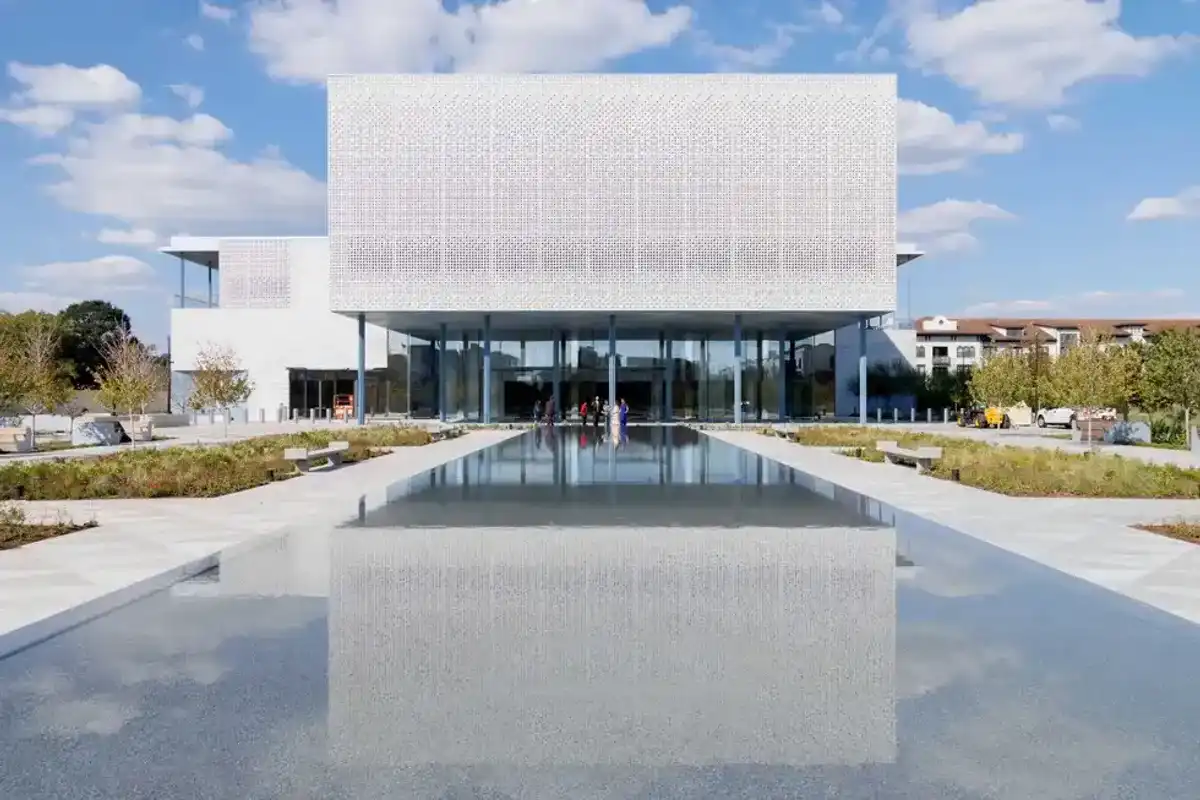Unique Houston startup is finding ways for developers to go green — and save money in the process
Seeing green
When asked about the origin story of IncentiFind — a Houston-based startup that connects real estate developers and home builders with green construction incentives — founder Natalie Goodman doesn't mince words.
"We're a complete accident," Goodman says. "I'm an architect. We didn't set out to have a startup."
IncentiFind's mission is to increase the amount of green developments and construction projects in the U.S. The company is equipped with a massive database of green incentives that are offered by utility, county, city, state and federal agencies. Many home builders or commercial developers don't take advantage of green incentives because they're simply not aware of them, Goodman says.
"The government is strapped — they have all this money that they want to give away, but not the (marketing) money to get the word out," Goodman said. "That's where IncentiFind stepped in."
Goodman said IncentiFind's goals differ slightly for commercial and residential developers. For commercial developers, the database is built to be simple, predictable and intuitive. For home builders, the model is to make IncentiFind as simple and inexpensive as possible, since new homeowners are already shelling out cash for home improvement projects.
Commercial developers can expect to spend around $1,500 with IncentiFind, while homeowners can expect to spend between $50 and $150.
By tapping into IncentiFind's resources, Goodman says that clients can expect up to a tenfold increase on their investment with IncentiFind — all while developing in an environmentally conscious way.
An 'overnight' surge in demand
Goodman started building the infrastructure for IncentiFind several years ago, and long before she thought she'd one day be running a startup. She was a sustainability architect, living overseas and seeing that green architecture was far more common around the world than it was in the U.S.
Once she returned to the U.S., Goodman called a good friend at the Department of Energy, and asked where she could find a central database for green construction incentives in the U.S. She was told that a central database didn't exist, and probably never would.
"So, I created it selfishly just for me," Goodman says. "I thought [that I was] going to have this tiny little architecture firm, and we're going to do all things green."
At that time, several outdated incentive databases were still funded by public agencies. But at the end of 2017, a massive defunding of databases meant that Goodman's resource was the only one of its kind in the U.S.
Following the defunding of those databases, Goodman saw a surge of activity to her website from people who used to rely on those databases as go-to resources.
"Overnight, we saw that traffic come to us," Goodman says. "We didn't do any marketing — it was all organic. People were desperate to find this information. We weren't high on Google."
From Houston, to Austin, to Houston again
From there, Goodman decided to take her database to the next level. Six employees were hired, and in April 2018, IncentiFind officially launched in Austin in The Capital Factory, a major startup incubator. Goodman and the IncentiFind team were commuting from Houston. She wanted to launch the business in Houston, she said, and while there were a lot of exciting developments underway at Station Houston, Houston's startup scene was still clouded with uncertainty.
"There's already so much instability with a startup, and we can't surround ourselves with more instability," Goodman said.
IncentiFind graduated from The Capital Factory's startup accelerator in August 2018. From there, IncentiFind landed at The Cannon, and is continuing to grow in Cannon Ventures. In less than twelve months, Goodman said she's seen Houston's startup scene undergo a nearly 180-degree shift, in large part due to the growth of The Cannon.
"I truly think that they're going to put Houston on the map for a radically new service, because they'll actually roll up their sleeves and do work with you," Goodman said. "[They'll do more] than just send you links or give you 15 minutes to ask someone a question. They'll give you all the time in the world, and [give] as many hours as you want."





 2025 Houston Innovation Awards winners revealed at annual eventThe 2025 Houston Innovation Awards winners have been revealed. Courtesy photo
2025 Houston Innovation Awards winners revealed at annual eventThe 2025 Houston Innovation Awards winners have been revealed. Courtesy photo